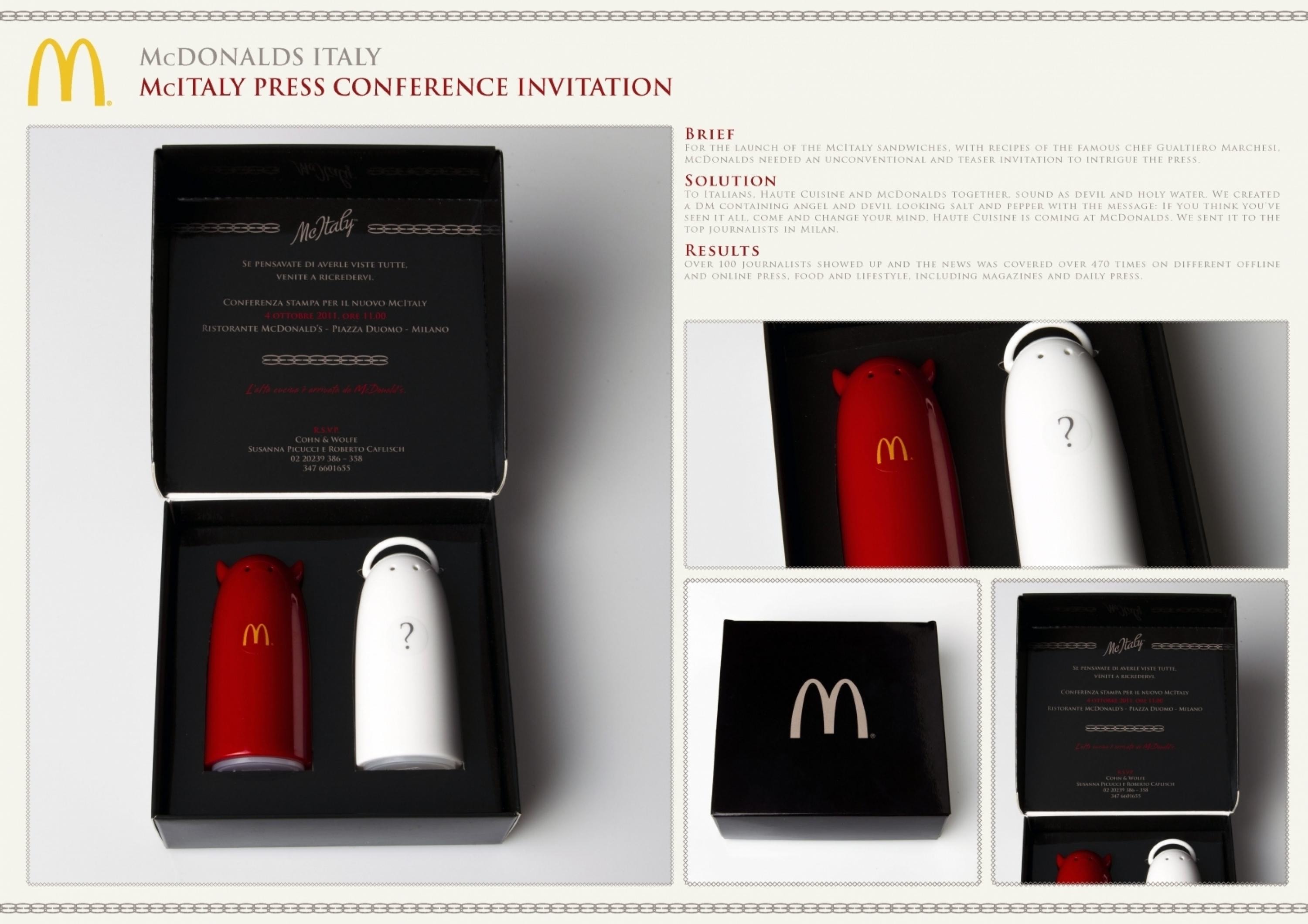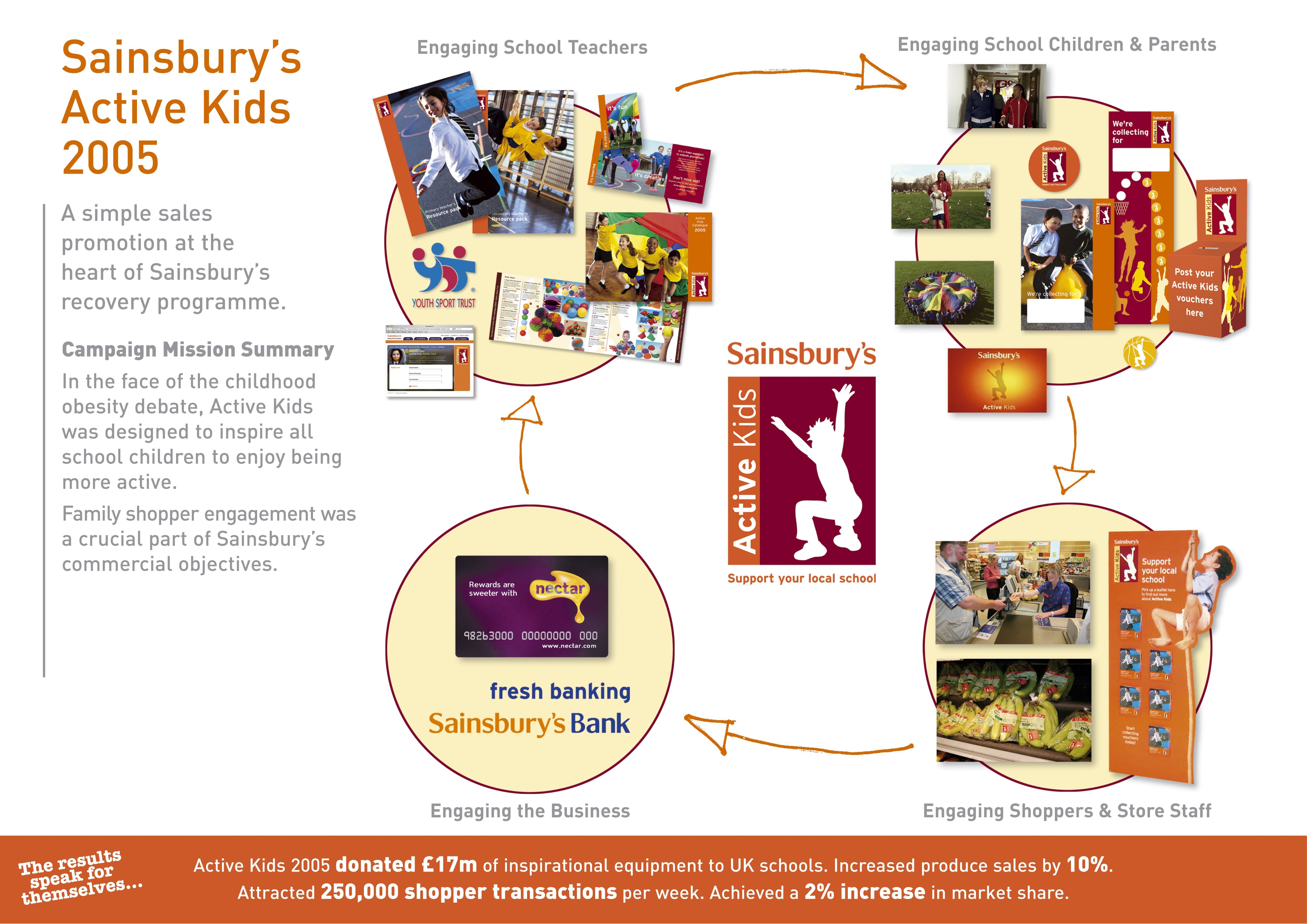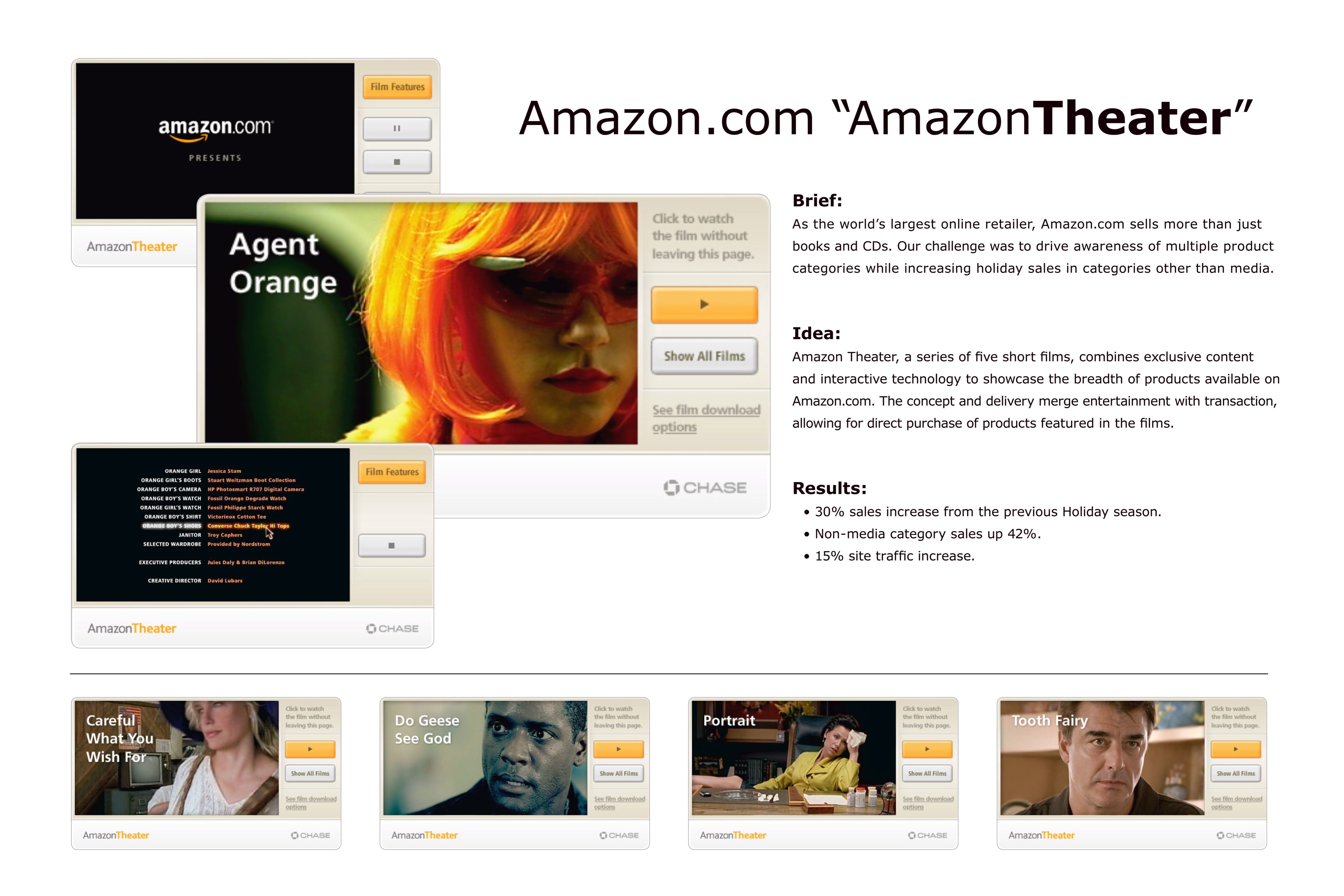Cannes Lions
Amazon Echo Virtual Home Campaign
TRUE[X], New York / AMAZON / 2019


Overview
Entries
Credits
Overview
Background
The experience of Amazon’s Echo is a premium one, with “Alexa” able to respond to intricate custom questions and requests. And “Alexa” has made her way into pop culture. But Amazon wanted to bring “Alexa” to customers who might be curious about how Echo can control a smart home...and the best way to do that is to let them try it out. So they built a voice-controlled campaign that brought Echo to consumers of streaming video on desktop, mobile, and connected TV.
Voice control isn’t easy to integrate into ads, especially on connected TV, where Amazon had to contend with a platform without direct support for HTML-enabled web views. It instead leaned on a new creative and technical language, enabling these experiences to be designed without web standards. The campaign was a pioneering effort that paved the way for many more dynamic voice-activated and connected TV experiences to come.
Idea
Smart homes are all the rage, but it turns out many consumers see barriers to entry. According to a 2017 study from PwC, only 26% of U.S. consumers own any smart home devices. A majority of those who don't say they'd consider it. But many voice uncertainty about cost, ease of installation and use, and/or benefits. For Amazon, whose market-leading Echo devices can be used to manage a growing array of other smart devices and appliances, this was a problem they had to solve.
Amazon’s idea: Give consumers direct exposure to Echo in order to show them that it's the right gadget to make their lives easier. They’d bring the magic of “Alexa” right to consumers’ desktop computers, mobile devices, and connected TVs with an interactive ad campaign. Consumers could try real voice commands, learn how Echo devices can make their lives easier... and seamlessly purchase their own.
Strategy
The voice-controlled interactivity created a more personalized experience that transformed Echo from a gadget of the future to the necessary tool of today. The engagement drove significant purchase intent and vividly captured how users could experience “Alexa” within their homes. Users spent an average of 57 seconds interacting with it. The campaign was so successful that in 2019 Amazon used the same voice control experience to complement its celebrity-powered Super Bowl ad, creating a virtual Alexa-powered International Space Station with the voice talent of astronaut Scott Kelly.
During this time, even with stiff competition, Amazon Echo maintained its lead in the home voice assistant and smart speaker space over the course of 2018 -- the duration of this interactive campaign -- and regained momentum that market research analysts were predicting it was losing. According to Canasys, Amazon had 75% of the global speaker market at the end of 2018.
Execution
Amazon built a campaign for Q2-Q4 2018 that gave users the ability to try out real Alexa commands in a virtual home, producing three versions of the interactive ad experience: one set in a living room, one in a kitchen, and one in a bedroom. With voice commands, users can ask Echo’s “Alexa” to -- among other things -- control the Roomba in the living room, “begin my morning routine” in the kitchen (which turns on the overhead lights, starts the coffee maker, and streams the morning news directly to their Echo Dot), or “go to space” in the bedroom to create a futuristic light show for the kids. The message is clear: By making it more connected, a smart home powered by Echo will streamline your life.
The campaign ran across the desktop, mobile, and connected TV properties of premium, long-form video publishers, like Fox, ABC, Turner, and A&E Networks. Viewers of TV shows were given the opportunity to eliminate regular commercial breaks in the episode they were watching by spending a minimum of 30 seconds interacting with the Echo ad. Users were able to explore each product’s household use and learn what Echo can do for them in the context of their own homes.
In addition to driving significant brand lift, this was a groundbreaking campaign technologically. It was Amazon’s first foray into interactive advertising, and marked the first time that voice control had been used in any desktop advertising campaign. The connected TV version of the ad was, similarly, the first connected TV ad to utilize voice control; its unique user flow also broke new ground for shoppable ads.
Similar Campaigns
12 items






